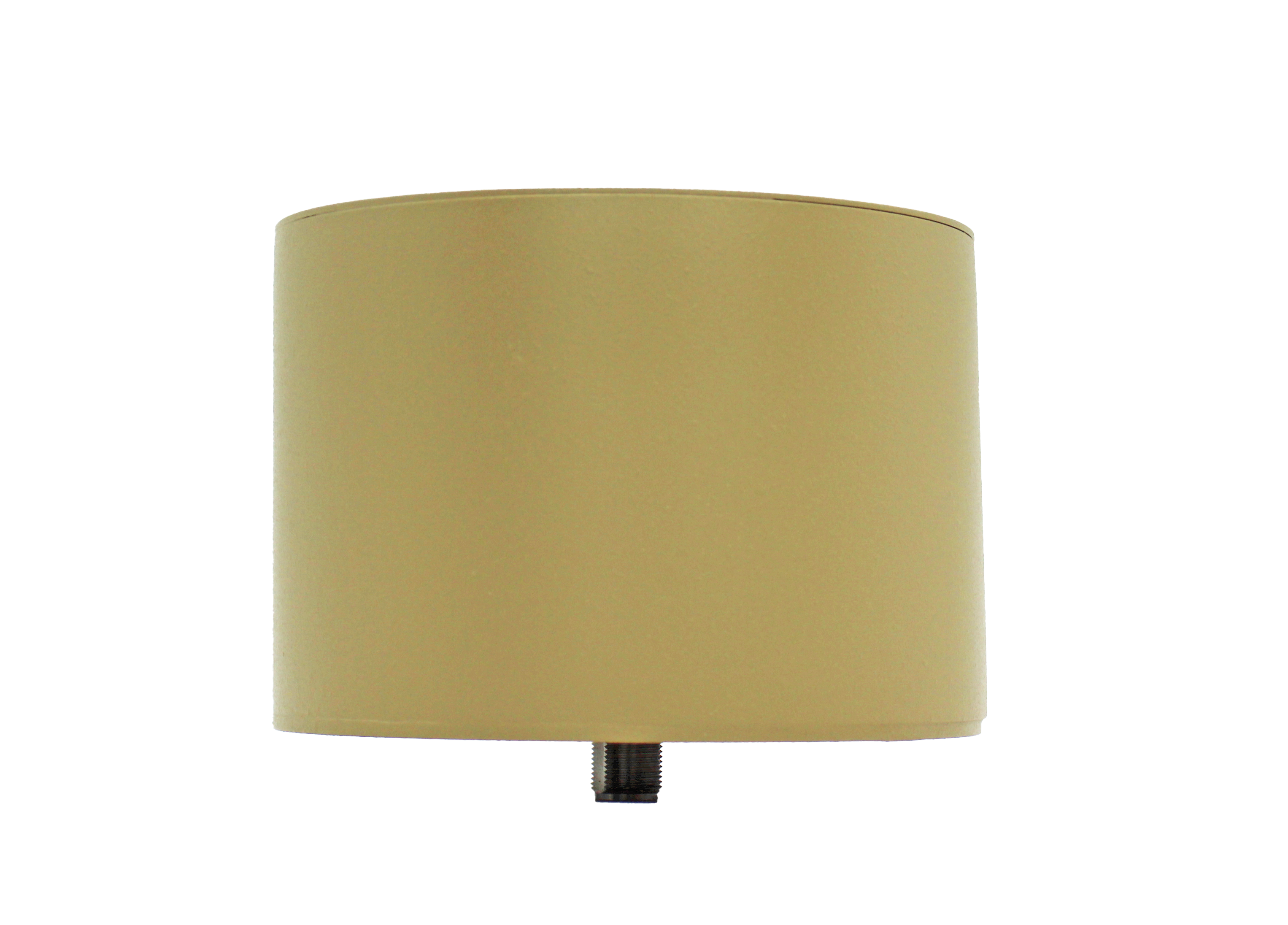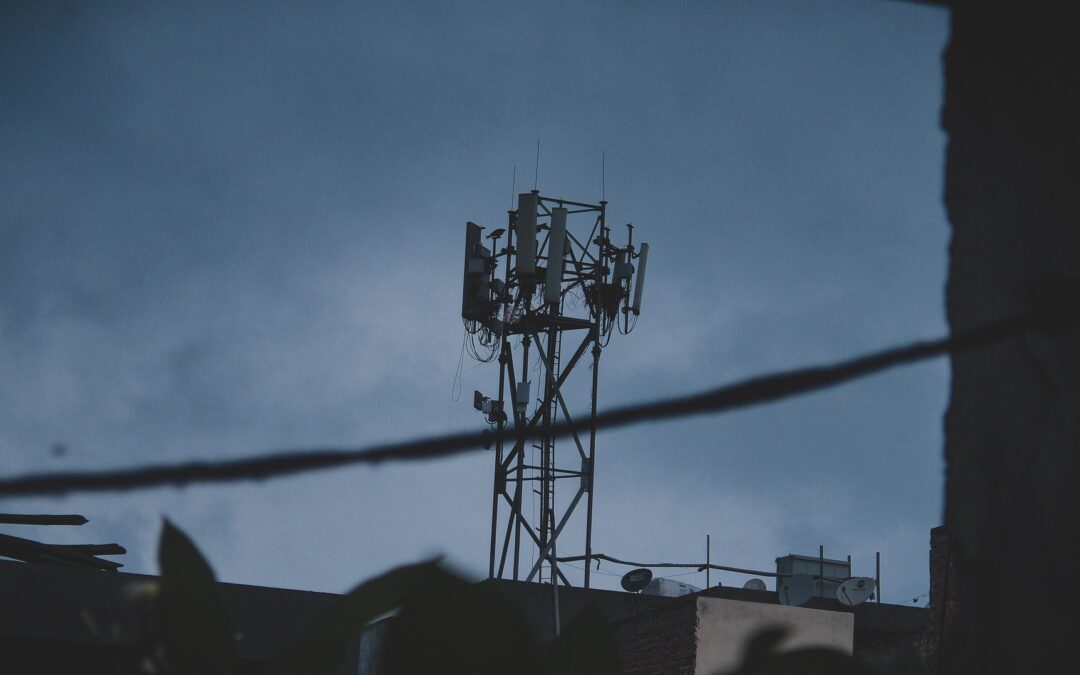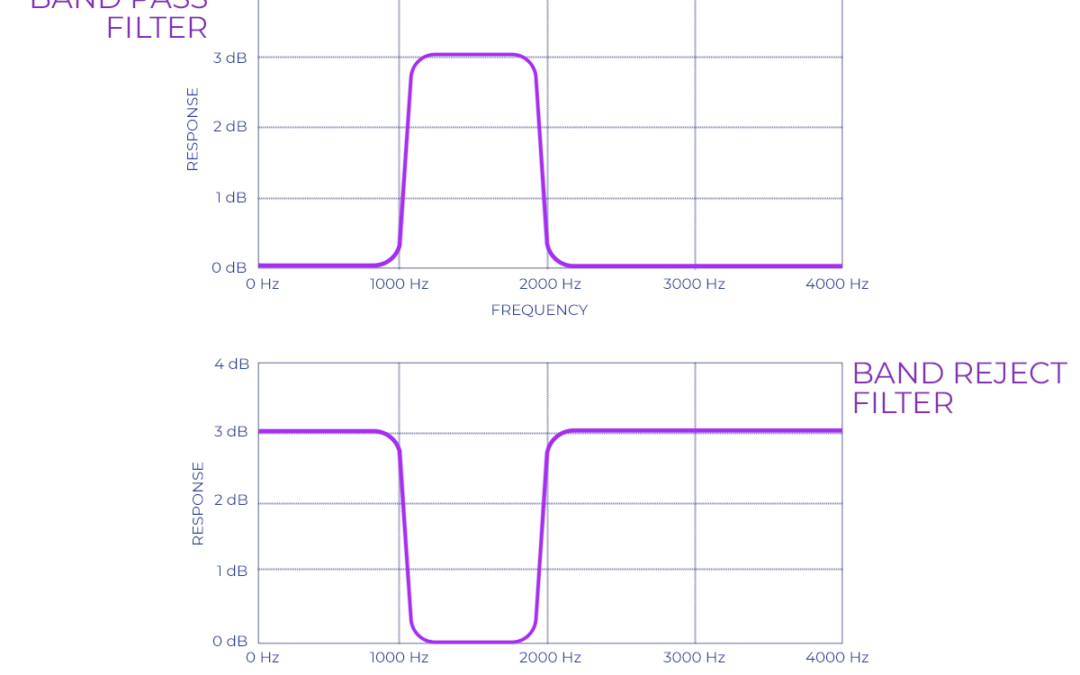Introduction to Biconical Antennas
June 2021In a previous post, we briefly explained that broadband antennas are antennas that operate over a wide band of frequencies, or “bandwidths,” higher than 1 octave. We also explained that broadband antennas come in a variety of forms. In this post, we will discuss a particular type of broadband antenna: the biconical antenna.
The phrase “biconical antenna” describes a broadband antennas that are made up of two roughly conical conductive objects, that are nearly touching at their points. Because of their configuration, they can also be referred to as “bowtie” or “butterfly” antennas.
Larger diameter = more broadband.
Biconical antennas have dipole characteristics. The double cone elements structure contributes to their wider bandwidth. The antenna becomes more broadband as the cone angle increases.
Solid or shell biconical antennas aren’t practical for all operations.
Solid or shell bicone structures can sometimes be too large for most frequencies of operation. Thus, many antennas are designed to mimic the standard biconical geometry, but with altered structure and materials.
The wire bow-tie, for example, reduces the weight and wind resistance of a structure. Although one wire bow-tie would be very narrowband in comparison to actual cone-shaped or triangular sheet antenna, multiple (8+) intersecting wires can achieve the same radiation characteristics of its counterparts.
Bioconical antennas can be used in a number of applications, typically in the VHF and UHF frequency ranges.
JEM Engineering develops low-profile and versatile biconical antennas.
They are often used in electromagnetic interference (EMI) testing either for immunity testing, or emissions testing.
They are more effective than half-wave dipoles, because biconical antennas allow continuous sweeps, allowing for more ease in discovering anomalies.
The LBC-0718, which operates within frequencies from 700 MHz to 18 GHz, weighs about 2 lbs (approx. 0.91 kg) is suitable for SIGINT, signal monitoring, and multi-band communication.

Latest Posts

How Do Seasonal Changes Affect Antenna Performance?
Winter is officially in season! With its onset comes harsher weather conditions and colder temperatures. In this post, we explore how the changing seasons affect antenna performance.

The Role of Antennas in ISR
ISR stands for “intelligence, surveillance and reconnaissance.”
Intelligence is a broad term that refers to information gathering. Surveillance refers to closely observing a target itself, while reconnaissance mostly refers to a preliminary survey of an area to gain information.

Introduction to RF Filters
Home » Media Center » Blog » Introduction to RF FiltersA radiofrequency filter is a component that...
